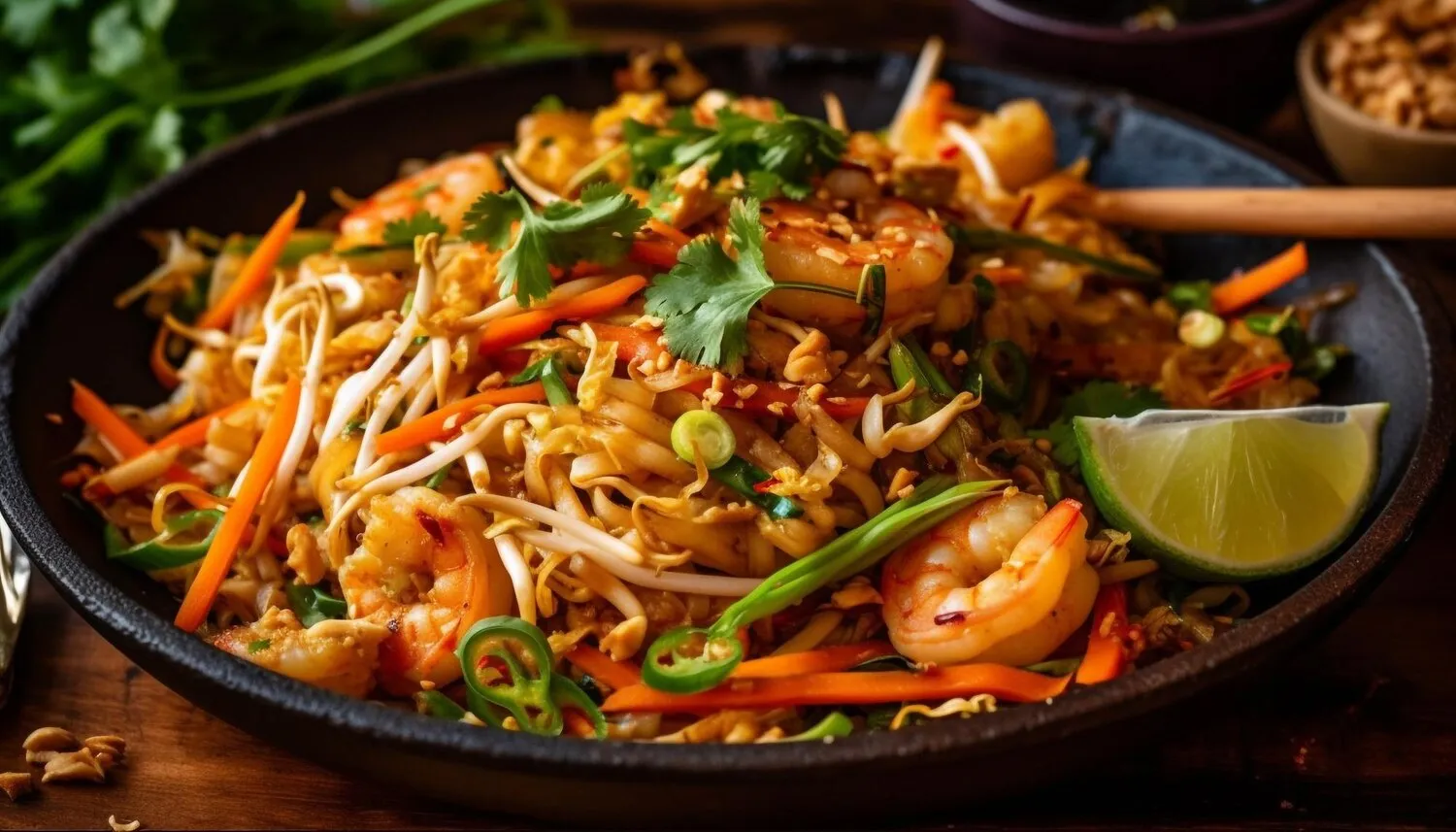
Zha Jiang Mian (Noodles with Savory Soybean Paste)
Noodles topped with a rich and savory sauce made from fermented soybean paste and ground pork. A classic Beijing dish.
Nutrition Facts
* The % Daily Value (DV) tells you how much a nutrient in a serving of food contributes to a daily diet. 2,000 calories a day is used for general nutrition advice.
Zha Jiang Mian's origins can be traced back to Beijing, evolving as a staple dish with regional variations. The exact historical timeline is debated, but it became popular as an affordable and filling meal, reflecting the culinary traditions of Northern China.
Zha Jiang Mian is deeply ingrained in Beijing's food culture and is often considered a comfort food. It represents a simple yet satisfying meal, enjoyed by people from all walks of life.
Family Meal
Zha Jiang Mian is a popular family dish, often prepared and shared at home. It's a dish that brings people together and evokes a sense of nostalgia for many.
Regional Variations
While originating from Beijing, Zha Jiang Mian has regional variations throughout China. Different regions may use different types of soybean paste or vegetables, reflecting local culinary preferences.
Street Food Staple
Zha Jiang Mian is a common street food in Beijing and other parts of Northern China, offering a quick and affordable meal for busy individuals.
Zha Jiang Mian is characterized by its savory, slightly sweet, and umami-rich flavor profile, stemming from the fermented soybean paste. A hint of saltiness is often balanced by the sweetness of the bean paste and the freshness of the accompanying vegetables.
The primary flavor component is the zha jiang, the savory soybean paste, which is usually made from fermented yellow soybeans. The paste is stir-fried with ground pork (often fattier cuts for added richness) and aromatics like ginger and garlic. The dish typically includes a balance of sweet and savory flavors, achieved through the careful combination of ingredients. Fresh vegetables like cucumber, soybean sprouts, radish, and carrots are added for crunch and freshness to contrast with the rich sauce.
Stir-frying the Paste
Properly stir-frying the soybean paste is crucial. It should be cooked until fragrant and the oil separates, indicating that the flavors have fully developed. Avoid burning the paste.
Noodle Choice
Choose thick, chewy wheat noodles that can stand up to the rich sauce. Freshly made noodles are ideal, but good quality dried noodles can also be used.
Vegetable Preparation
Ensure the vegetables are freshly cut and crisp. This adds a refreshing contrast to the rich sauce.
Balancing Flavors
Taste as you go, adjusting the sweetness and saltiness of the sauce to your preference. A small amount of sugar can help balance the flavors.
Explore additional Noodles dishes and restaurants
Explore NoodlesDiscover top dining spots and culinary experiences in Seattle.
Explore SeattleLearn more about the food culture, restaurant scene, and culinary heritage of United States.
Explore United States